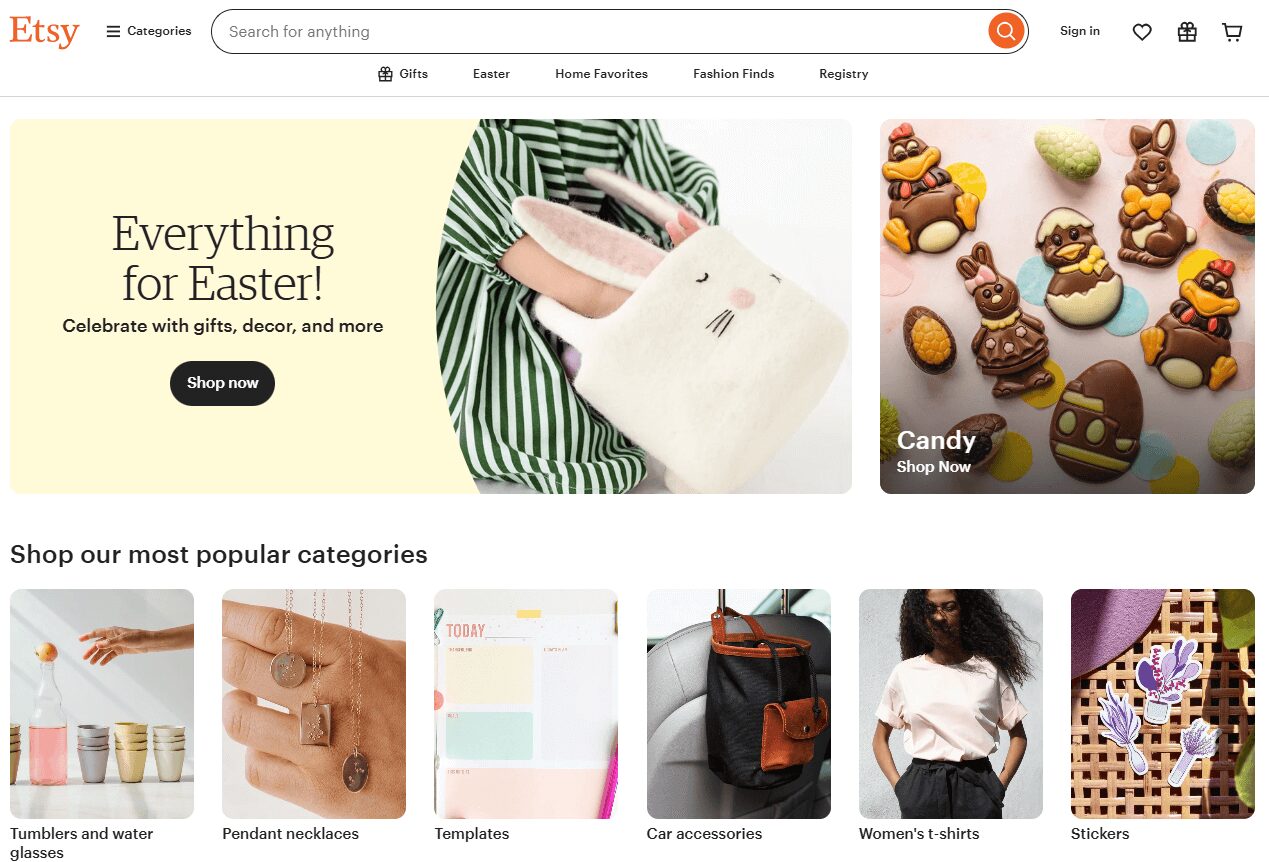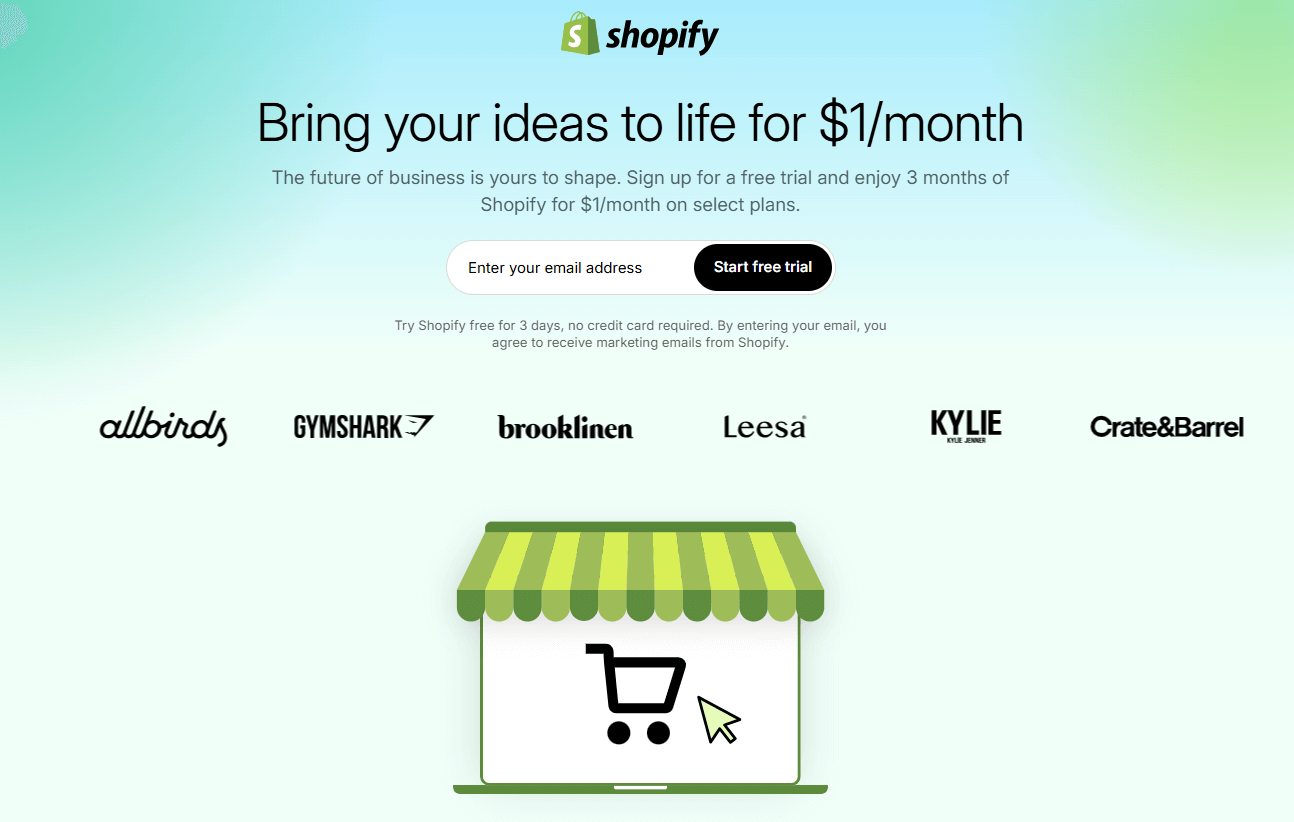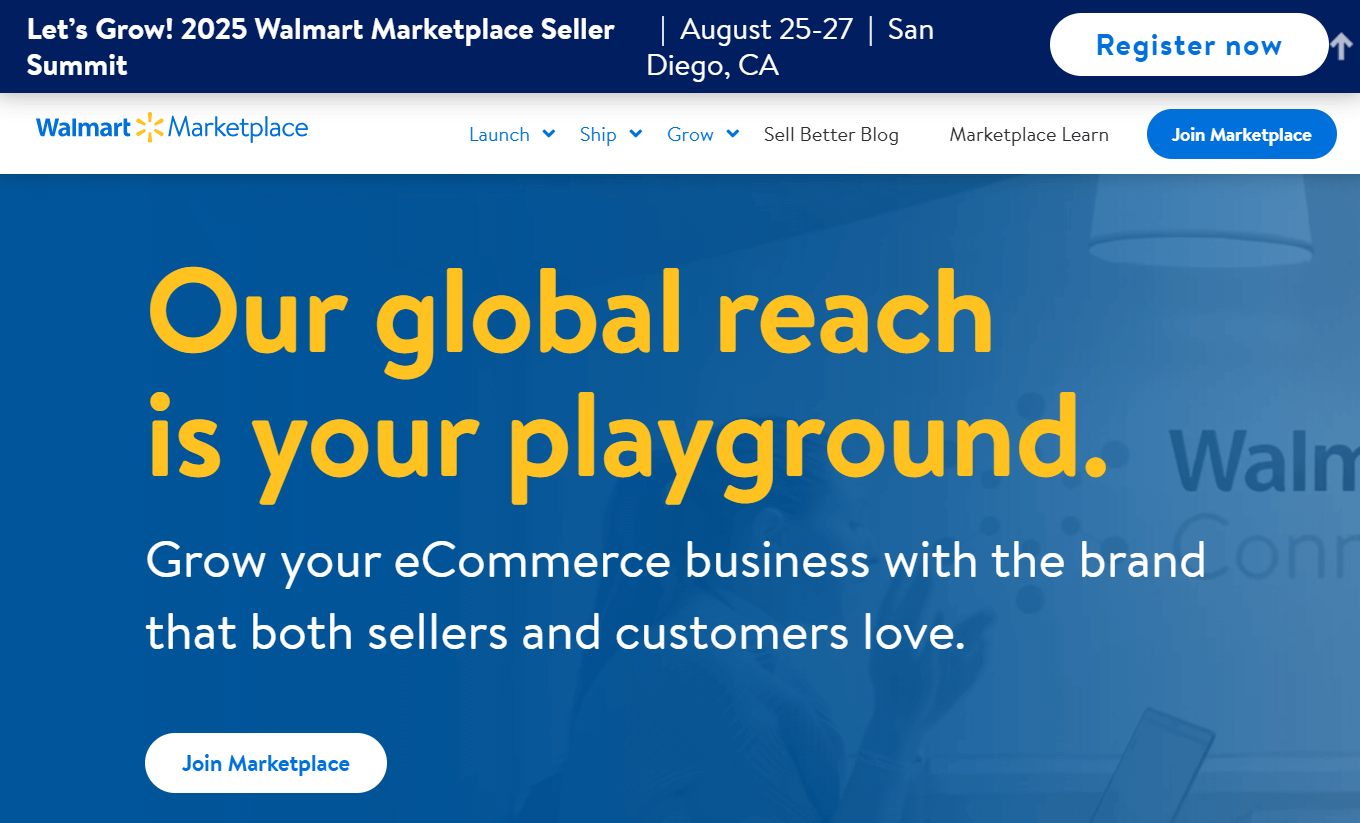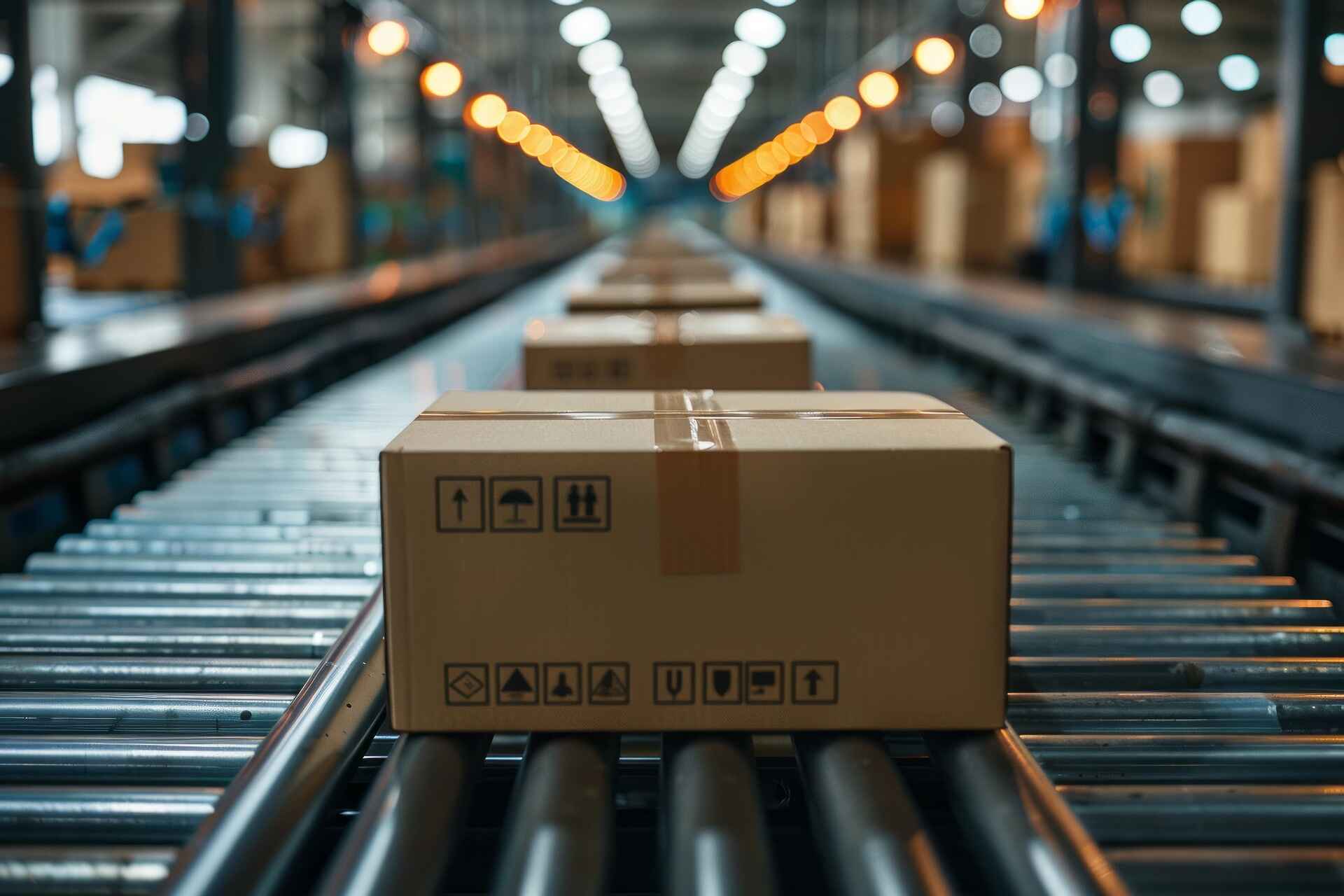More and more online sellers are either leaving Amazon or looking for other platforms to expand their business. According to Jungle Scout’s State of the Amazon Seller 2024 report, 60% of Amazon sellers were also selling on at least one other channel in 2023.
And honestly, it makes sense. Over the years, Amazon’s fees have kept climbing—fulfillment, storage, and referral costs continue to eat into profits. The competition is relentless, with sellers not only facing each other but also going head-to-head with big brands and even Amazon’s own products.
On top of that, Amazon’s constant policy changes and strict enforcement can get your listings removed or your account suspended with little warning.
-
Amazon’s rising fees and strict policies are pushing many sellers to look for other platforms.
-
Etsy is ideal for handmade and creative products, giving you more control over your brand and pricing.
-
eBay works well for used, refurbished, and collectible items with flexible pricing options like auctions.
-
Shopify lets you build your own store, giving you full control over design, customer data, and marketing.
-
Walmart Marketplace offers wide reach with less competition, no monthly fees, and more room for growth.
Then there’s the branding problem. You don’t really get to build your brand on Amazon. The platform controls the customer relationship, which makes it hard to stand out or turn buyers into loyal fans.
Some sellers also have to deal with counterfeit issues or hijacked listings, which can seriously damage their reputation and revenue.
To put things into perspective, Amazon has about 9.7 million sellers worldwide, but only around 2.3 million are active. In the US, about 1.1 million sellers are actively listing products. Around 3,700 new sellers join Amazon every day, but the platform doesn’t say how many are quitting.
What we do know is that seller loyalty is fading. In 2024, many sellers who used to rely on Amazon for 95% of their income are now aiming to cut that down to 75% or less.
So while Amazon still has a huge reach, it is no longer the one-size-fits-all solution it once was. That’s why it’s smart to look at other ecommerce platforms where you might have more control, better margins, and a chance to actually build your brand.
Let’s take a closer look at five of the best alternatives to Amazon.
1. Etsy (For Handmade, Vintage, and Creative Goods)

If you sell handmade, personalized, or vintage products, Etsy might be a better fit for you than Amazon. While Amazon is all about speed, low prices, and mass-market goods, Etsy is built for creativity, making it one of the top Amazon alternatives USA online sellers should look into.
Shoppers come to Etsy looking for something unique and special, not mass-produced. That means you’re not competing with factories or Amazon’s own products. You’re being seen for the work you do. You can even sell digital products.
On Etsy, your shop is your brand. You can create a storefront that shows off your personality, style, and story. Buyers often read your shop bio, favorite your store, and come back later. You can also talk to customers more freely, which helps with custom orders and building relationships.
You’re more likely to get paid what your product is worth on Etsy, too. People on Etsy expect to pay for quality and craftsmanship. You’re not stuck racing to the lowest price like on Amazon.
Etsy has over 96 million active buyers, and it keeps growing. Its search system helps buyers find you based on quality and relevance, not just ad spend. If you’ve put time and care into your products, Etsy gives you a better chance to grow your brand, stand out, and connect with customers who truly value what you make.
| Feature | Etsy | Amazon |
|---|---|---|
| Audience | Shoppers looking for handmade and unique items | Shoppers looking for speed and variety |
| Branding Control | High – Custom storefronts and bios | Low – Amazon branding dominates |
| Fees | 6.5% transaction + listing fees | 15% referral + other hidden fees |
| Competition Type | Small sellers, artists, niche brands | Big brands, resellers, private labels |
| Seller-Customer Interaction | Direct messaging encouraged | Limited and monitored |
2. eBay (For Resellers, Used Goods, and Auctions)

If you’re selling used, refurbished, or collectible items, eBay gives you more freedom than Amazon ever will. On eBay, you’re not limited to selling brand-new or mass-produced goods.
You can list unique finds, rare items, vintage electronics, or secondhand products without worrying about being flagged or removed. It’s a platform where buyers actually search for these types of items—and expect them.
Another big win is flexibility in pricing. You can set fixed prices, yes, but you can also run auctions, attract bids, and let the market decide the value of your products. This is something Amazon simply doesn’t allow.
Plus, you’re not under pressure to match Amazon’s fast Prime-style delivery. Many eBay buyers are more patient and focused on getting a good deal than they are on getting next-day shipping.
eBay also makes it easier for new or casual sellers to get started. You don’t need a professional account, and the listing process is straightforward. You’re also less likely to deal with sudden suspensions or intense algorithm changes.
And if you’re worried about fees, you might be surprised. eBay’s fee structure is often more transparent, and there are no hidden fulfillment charges like with FBA.
In short, if you sell products that don’t fit the Amazon mold—or if you’re tired of feeling like you’re constantly fighting to stay afloat—eBay might be exactly the kind of low-pressure, high-potential platform you’ve been looking for.
| Feature | eBay | Amazon |
|---|---|---|
| Selling Formats | Fixed price and auctions | Fixed price only |
| Used/Refurbished Item Sales | Welcomed and expected | Restricted or less favored |
| Fee Transparency | Clear structure, final value fee | Fees can be complex and vary |
| Fulfillment Options | You choose how you ship | FBA preferred or required |
| Buyer Expectations | Will wait for deals | Expects fast shipping |
3. Shopify via Your Own Store (Full Control & Brand Growth)

Shopify isn’t like Amazon. It’s not a crowded marketplace where your product gets buried under dozens of similar listings. It’s your own store, your own brand, and your own rules.
That means you’re not just another seller on a massive platform. You’re the owner of a standalone business with full control over how everything looks, feels, and runs. You decide the pricing, the layout, the promotions, and even the return policies.
Unlike Amazon, Shopify doesn’t keep your customer data to itself. You get access to emails, order history, and browsing behavior, so you can build a loyal following through email marketing and personalized offers.
The freedom doesn’t stop there. On Shopify, you can install apps to optimize conversions, test upsells, add subscriptions, or even launch a blog to boost your SEO.
You can create a branded shopping experience that looks nothing like your competitors. And since you’re not paying Amazon’s ever-increasing referral and fulfillment fees, your margins stay healthier.
Sure, you might not get instant traffic like you do on Amazon, but the long-term value of building a brand that people remember and return to is something Amazon just can’t give you. Shopify is where you stop being “an Amazon seller” and start being a business owner.
| Feature | Shopify | Amazon |
|---|---|---|
| Branding Control | Total – your name, your rules | Amazon dominates branding |
| Customer Relationship | You own it | Amazon owns the customer |
| Fees | Subscription + card processing | % of every sale + FBA costs |
| Customization | Full control over design | Very limited storefront |
| Email Marketing | Built-in or via apps | Not allowed |
4. Bonanza (Low Competition & Easy Setup)

Bonanza may not be as big as Amazon, but that actually works in your favor. Its smaller size means less competition, so your products don’t get buried under thousands of similar listings.
It’s incredibly seller-friendly. You won’t find yourself jumping through hoops or dealing with surprise policy changes. Setting up a shop is fast, and the platform doesn’t charge listing fees, which means you can list as many items as you want without paying a cent upfront.
What makes Bonanza especially appealing is how easily you can get started. If you’re already selling on Amazon, Etsy, or eBay, you can import those listings directly into Bonanza with just a few clicks. There’s no need to start from scratch.
You’ll also have more control over your pricing and promotions, and you won’t have to constantly fight for the Buy Box to be seen. Bonanza focuses on helping sellers succeed, not squeezing them with fees or rules.
If you’re feeling squeezed by Amazon’s rising costs and cutthroat competition, Bonanza gives you a stress-free way to expand your reach. It’s a great place to build an additional income stream without taking on a whole new workload.
| Feature | Bonanza | Amazon |
|---|---|---|
| Listing Fees | None | Yes – referral and hidden fees |
| Competition | Low – fewer sellers | High – very saturated |
| Setup Process | Import from other platforms | Manual, complex product setup |
| Seller Support | Personalized and responsive | Generic, ticket-based |
| Advertising | Optional – Google Ads & more | Expensive and competitive |
5. Walmart Marketplace (Big Reach, Less Saturation)

Walmart Marketplace gives you access to millions of loyal Walmart shoppers, but without the overwhelming competition and fee structure you deal with on Amazon.
One of the biggest advantages? There’s no monthly fee to sell. You only pay when you make a sale, which helps protect your margins, especially if you’re a smaller seller trying to grow.
And because Walmart’s marketplace is invite-only, with clear quality standards, you’re not battling with endless low-quality listings or counterfeit products like you might on Amazon.
The platform is also growing fast. More shoppers are turning to Walmart.com not just for groceries or household items, but for everyday purchases across all categories. This makes it a smart place to be if you’re selling quality products and want a less crowded stage.
Walmart also gives sellers more flexibility with pricing and fulfillment. You can use their fulfillment service or handle shipping on your own terms. Plus, shoppers trust Walmart. That trust can work in your favor, helping you convert sales more easily without having to undercut your prices.
If you’re looking for a platform where you can scale your business, protect your profit margins, and deal with fewer headaches, Walmart Marketplace is worth serious consideration.
It’s a growing opportunity that could help you build a strong presence without getting lost in a sea of competitors.
| Feature | Walmart Marketplace | Amazon |
|---|---|---|
| Monthly Seller Fee | None | $39.99/month (Pro) |
| Application Process | Selective | Open to almost anyone |
| Product Visibility | High with fewer sellers | Hard to stand out |
| Return Policies | Set by Walmart, seller-friendly | Set by Amazon, favor buyer |
| Advertising | Optional and less competitive | High-cost, pay-to-play |
So, what should you do with all this?
You don’t have to quit Amazon completely, but you shouldn’t rely on it alone. If the rising fees, strict rules, and heavy competition have been stressing you out, that’s a sign it’s time to look elsewhere. And you wouldn’t be the only one.
Many sellers are doing the same because they want more control, better margins, and a real shot at growing their own brand.
If Amazon is working for you right now, that’s great. Keep using it. But start building something else on the side, particularly on ethical alternatives to Amazon. Whether it’s Etsy for your handmade products, Shopify to run your own store, or Walmart for more visibility with less competition, choose the platform that fits your business best and start expanding.
Amazon is like renting space. You’re under their rules, and they can shut you down anytime. But platforms like Shopify, Etsy, and others let you build your own space, where you set the rules and keep more of your profits.
So don’t wait for another surprise policy change. Take a step toward more freedom and stability by growing your business somewhere that works for you.








